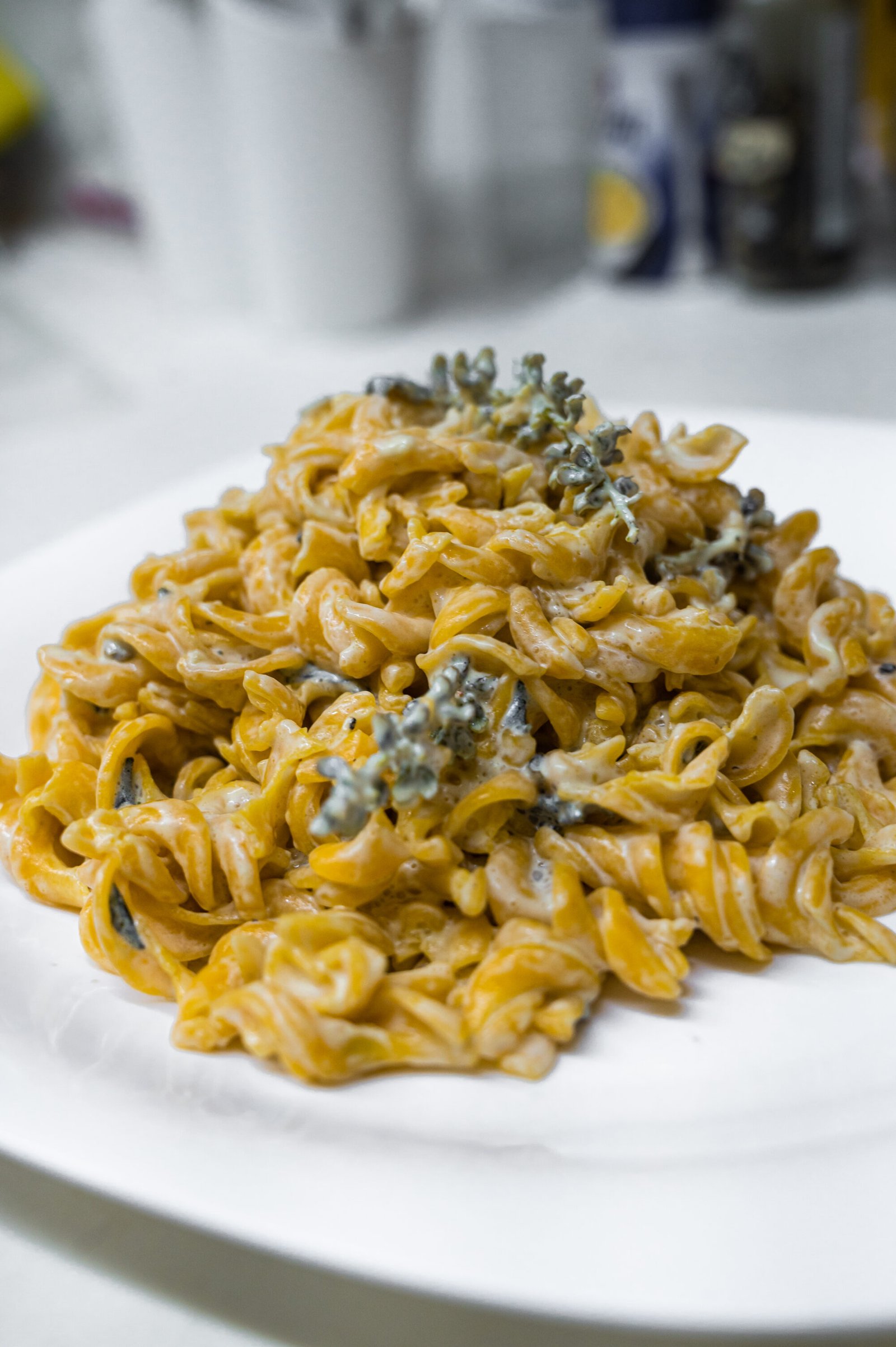In a world where processed and convenience foods dominate our diets, there is a growing movement towards reconnecting with nature and embracing the abundance of wild ingredients that surround us. Wild ingredients, often foraged from forests, meadows, and coastal areas, offer a treasure trove of flavors, textures, and nutritional benefits that can enhance our culinary experiences and contribute to our overall well-being.
Since childhood, I’ve embraced the timeless tradition of collecting my own food from the forest, a practice that comes alive each summer in preparation for the forthcoming seasons. Rooted in ancient wisdom, this practice persists even in a world where market abundance is the norm. The knowledge of what’s edible and what’s not has been passed down through generations, a living legacy. Despite the convenience of modern markets, the allure of gathering wild ingredients remains strong, and it’s not without good reason. Here are some compelling arguments for why venturing into the wild to harvest your own food is a valuable pursuit:
FRESHNESS AND FLAVORS
The freshness and flavor of wild ingredients are not just about taste; they are an intimate connection to the land and its cycles. They’re a reminder that food is not merely a commodity but a living part of our natural world. Each ingredient tells a story of its own, a story of sun, rain, soil, and time. It’s a journey that elevates not just your culinary experiences but your appreciation for the richness of nature itself.
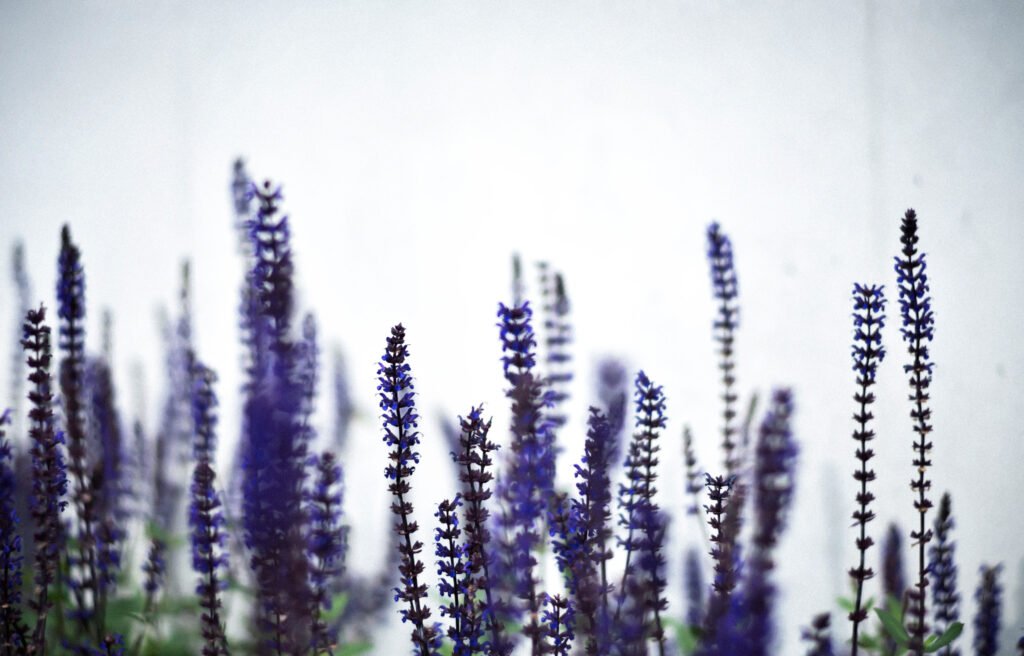
NUTRITIONAL VALUE
Unlike their cultivated counterparts, these wild wonders boast a remarkable diversity in nutrients, each ingredient absorbing a unique blend from its environment. What’s more, they’re exceptionally nutrient-dense, delivering a concentrated dose of healthful compounds per calorie. These ingredients, untouched by synthetic interventions, offer nutrients in their most bioavailable and unaltered form. They’re attuned to the seasons, adapting their nutritional composition to meet your body’s changing needs, and some even carry medicinal properties, making them not just a source of sustenance but a connection to the timeless wisdom of the natural world, a testament to the potency of unprocessed nutrition.
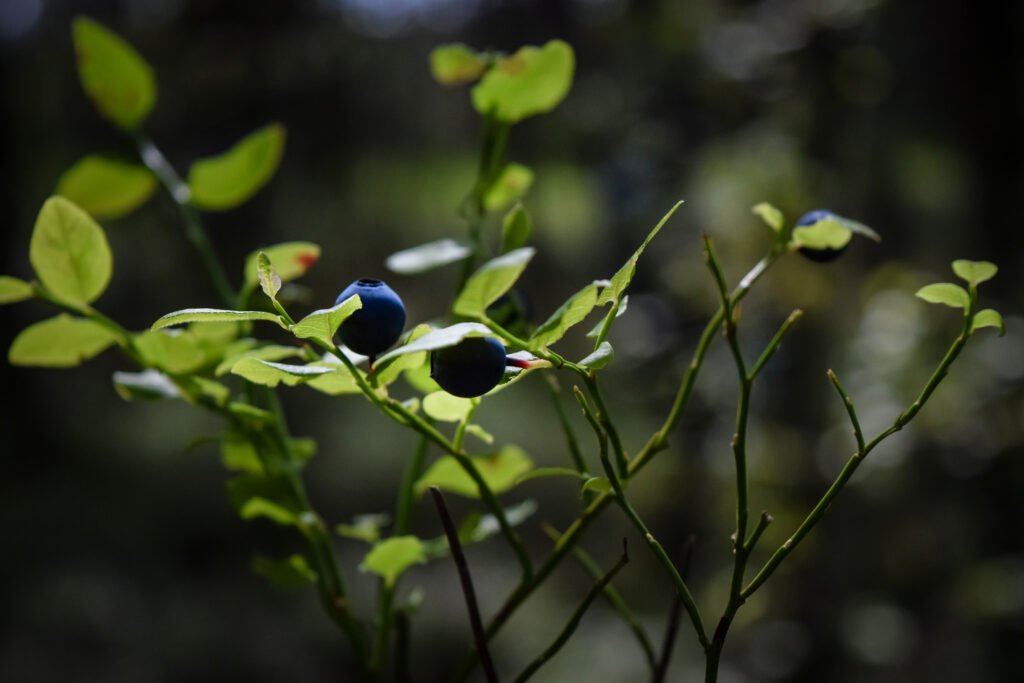
BIODIVERSITY AND SUSTAINABILITY
Foraging is a powerful testament to the interconnected values of biodiversity and sustainability. It not only celebrates the rich tapestry of life by promoting the consumption and preservation of various plant species but also plays a pivotal role in safeguarding the delicate balance of native ecosystems. As foragers engage with a diverse array of wild ingredients, they actively contribute to biodiversity conservation, recognizing the inherent worth of every species in our ecosystems. Additionally, foraging champions sustainability by adhering to a responsible, pesticide-free approach, steering clear of herbicides and artificial fertilizers. This eco-conscious practice reduces the environmental footprint associated with food production, ensuring a more sustainable and planet-friendly food source for the present and future generations. In essence, foraging harmoniously unites the principles of biodiversity and sustainability, fostering a profound connection with the natural world while actively preserving it for the well-being of all.
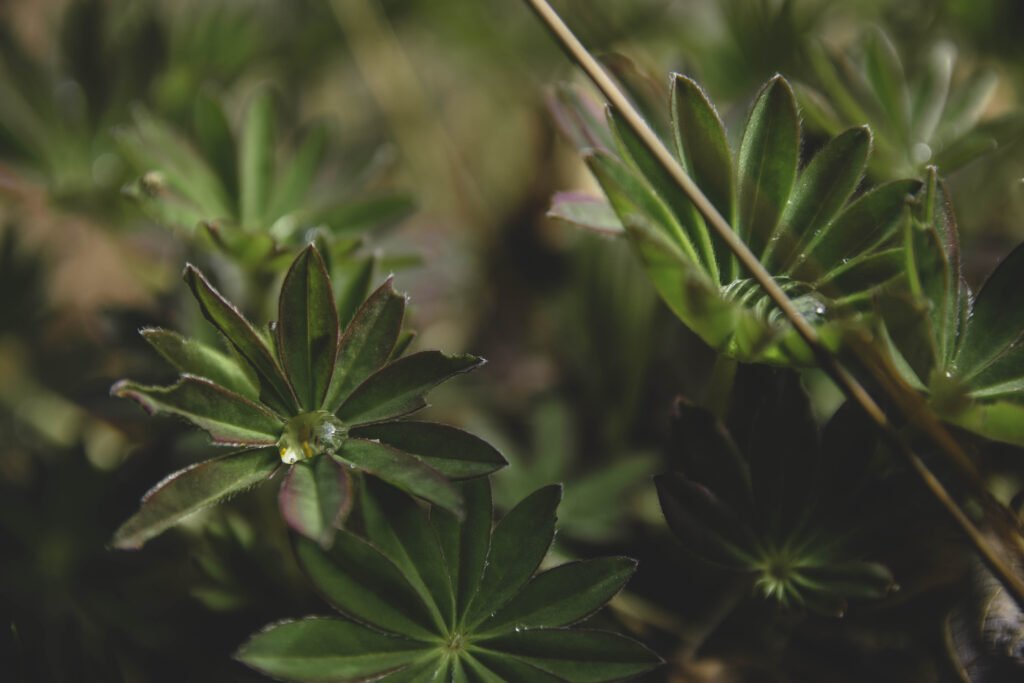
ENVIRONMENTAL AWARENESS
Environmental awareness is a profound byproduct of the art of foraging, as it intricately intertwines individuals with the natural world, nurturing a deep sense of stewardship and inspiring sustainable practices. When one ventures into the wild to seek out edible treasures, they become intimately attuned to the environment’s rhythms, seasons, and ecosystems. This heightened awareness sparks a newfound appreciation for the delicate balance of nature, encouraging foragers to tread lightly and with reverence. As they learn to recognize and respect the habitats of various species, foragers naturally become advocates for the preservation of these ecosystems. They understand the interdependence of all living beings, from the smallest fungi to the grandest trees, and recognize their role in safeguarding this intricate web of life. This connection to the land fosters a sense of responsibility, motivating foragers to protect and conserve their foraging grounds for future generations. In essence, foraging is a conduit to environmental mindfulness, where each excursion into nature not only yields culinary delights but also deepens the commitment to sustainable living, forging a bond between individuals and the ecosystems that sustain us all.
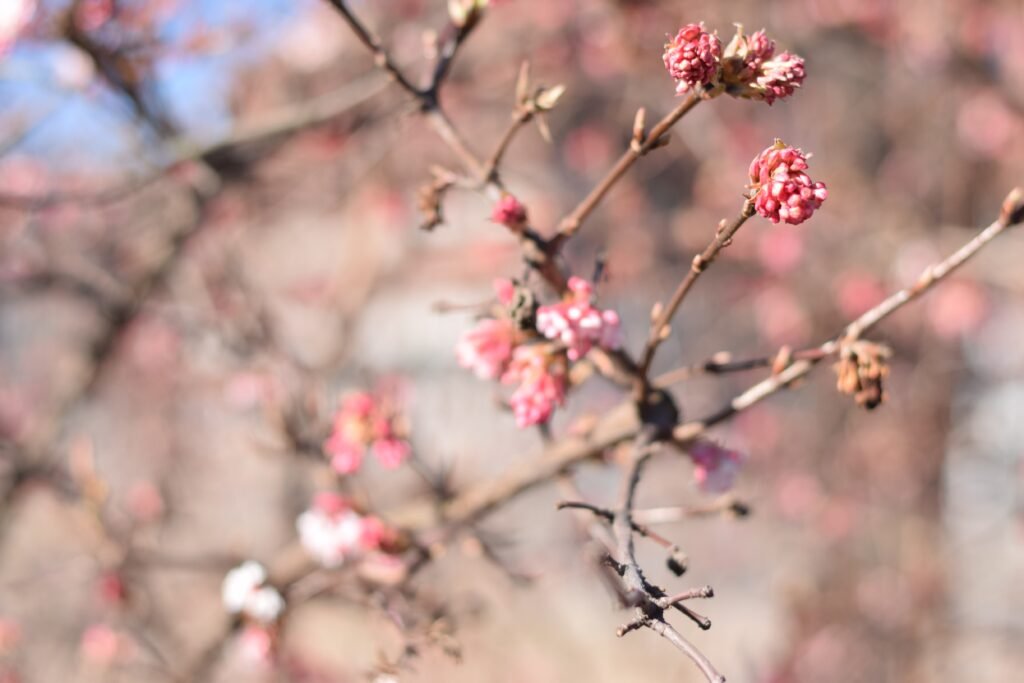
CULTURAL AND CULINARY VALUE
The practice of foraging has a high cultural and culinary value, serving as a bridge between time-honored traditions and modern creativity. It stands as a living testament to the enduring customs of foraging, cherished and passed down through generations. Through foraging, individuals not only celebrate these cultural and historical legacies but also embark on a journey that transcends time and place. Foragers gain access to a diverse array of seasonal, store-unavailable ingredients, each imbued with a sense of history and connection to the land. These unique treasures elevate culinary skills and ignite the fires of creativity in the kitchen, as each ingredient tells a story and presents a culinary canvas waiting to be painted. It’s a harmonious blend of the past and present, where cultural heritage meets contemporary innovation, and where the act of foraging becomes a vibrant celebration of both tradition and culinary artistry.

SAFETY AND RESPONSIBLE FORAGING
When foraging for wild ingredients, it is crucial to prioritize safety and responsible practices. Here are some guidelines to follow:
- Educate Yourself: Study local flora and fauna, and learn to identify edible plants and mushrooms accurately. Attend workshops or seek guidance from experienced foragers to expand your knowledge.
- Respect the Environment: Harvest only what you need, leaving enough for the ecosystem to thrive. Avoid foraging in protected areas or places where harvesting is prohibited.
- Safety First: Be cautious and avoid any wild ingredient you cannot positively identify. Some wild plants may have toxic look-alikes, so it’s essential to be certain before consuming.
- Minimize Impact: Tread lightly while foraging, avoiding damage to the environment or habitats. Use appropriate tools and techniques to harvest without causing harm.
- Local Regulations: Familiarize yourself with local regulations regarding foraging, as some areas may have specific rules or permits.
Embracing wild ingredients is an opportunity to reconnect with nature, expand our culinary horizons, and appreciate the beauty and nutritional richness of the natural world. By responsibly foraging and incorporating wild ingredients into our diets, we can enjoy diverse flavors, benefit from their nutritional value, and develop a deeper connection with the ecosystems that surround us.
The Recipe for a Creamy Vegan Pasta with Plant-Based Cream and Wild Basil
This time, I have a recipe featuring wild basil I stumbled upon in the jungle. It was one beautiful Sunday when my friends and I were on our way to the waterfall, and serendipity led us to discover this wild basil. So here is what I made that evening to appreciate the flavors of the catch of the day!
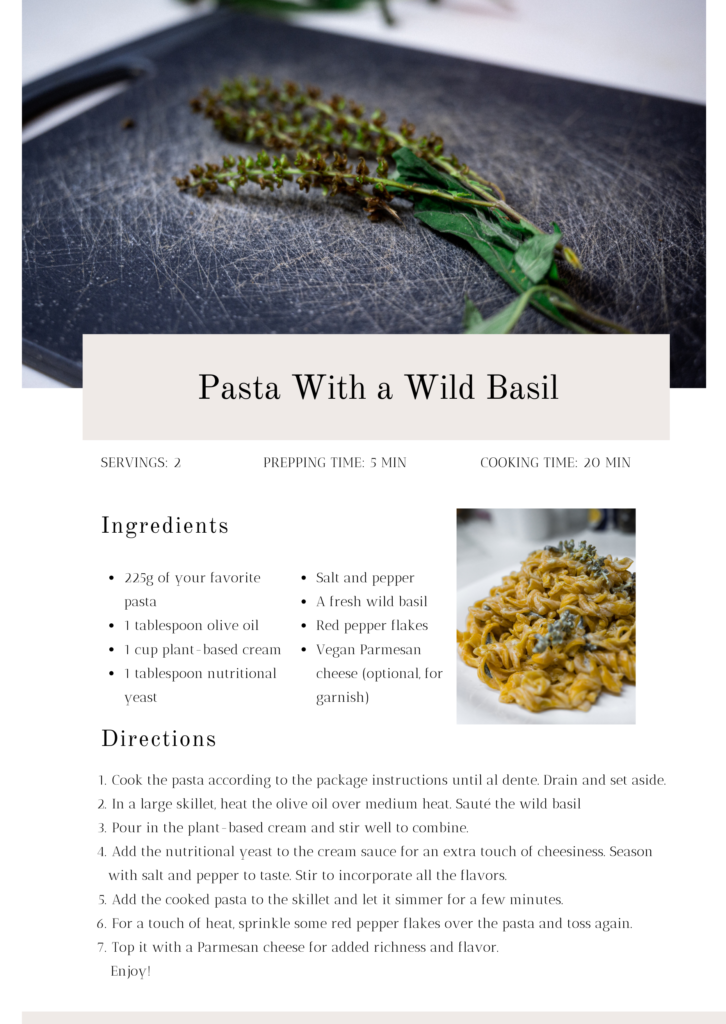
So, whether you’re a seasoned forager or a curious culinary adventurer, don’t hesitate to embrace the world of wild herbs. With a bit of knowledge and a dash of creativity, you can transform these natural wonders into culinary delights that celebrate both the untamed beauty of the wilderness and the rich tapestry of flavors it provides.

